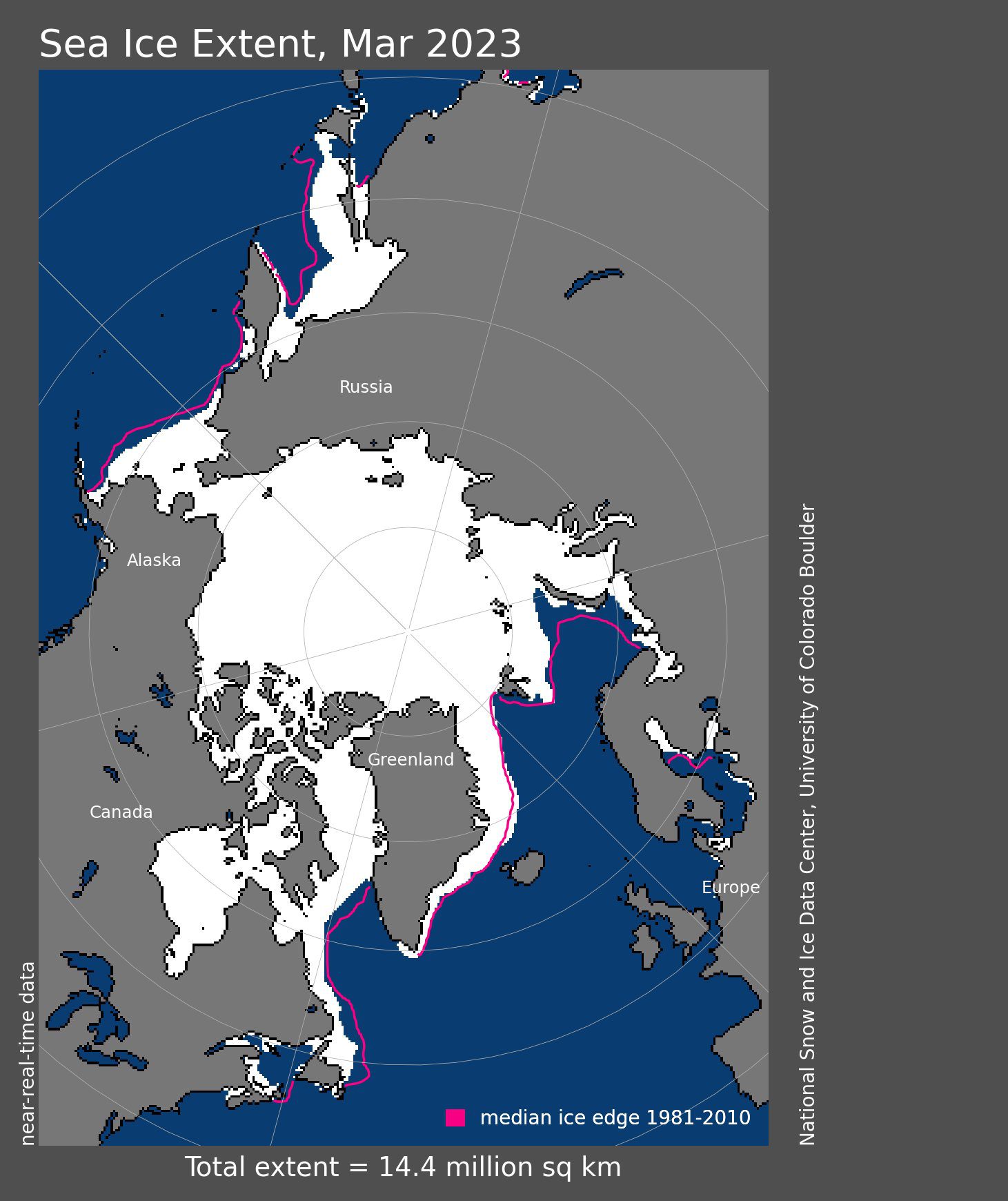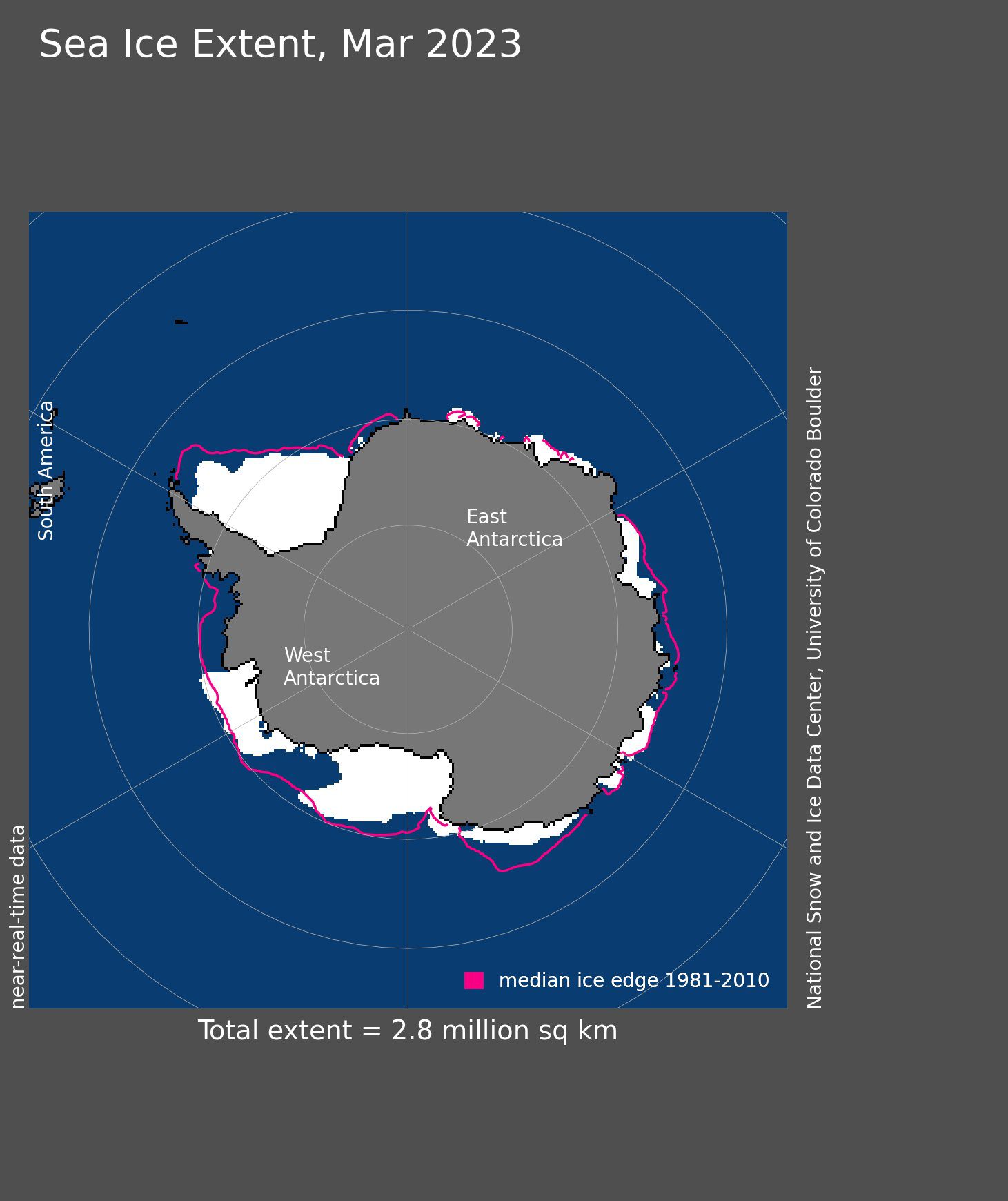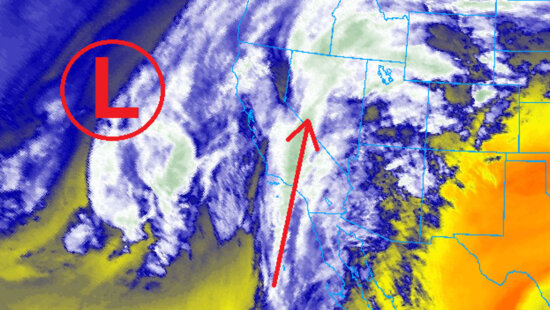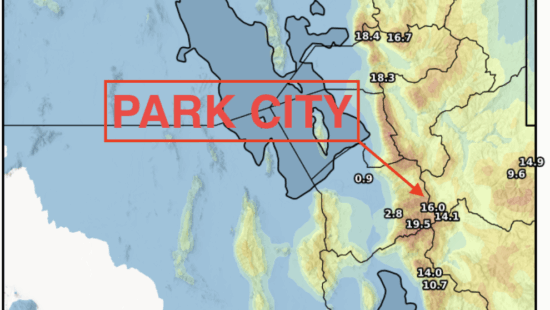Environment
Earth has second warmest March and second smallest polar sea ice coverage on record
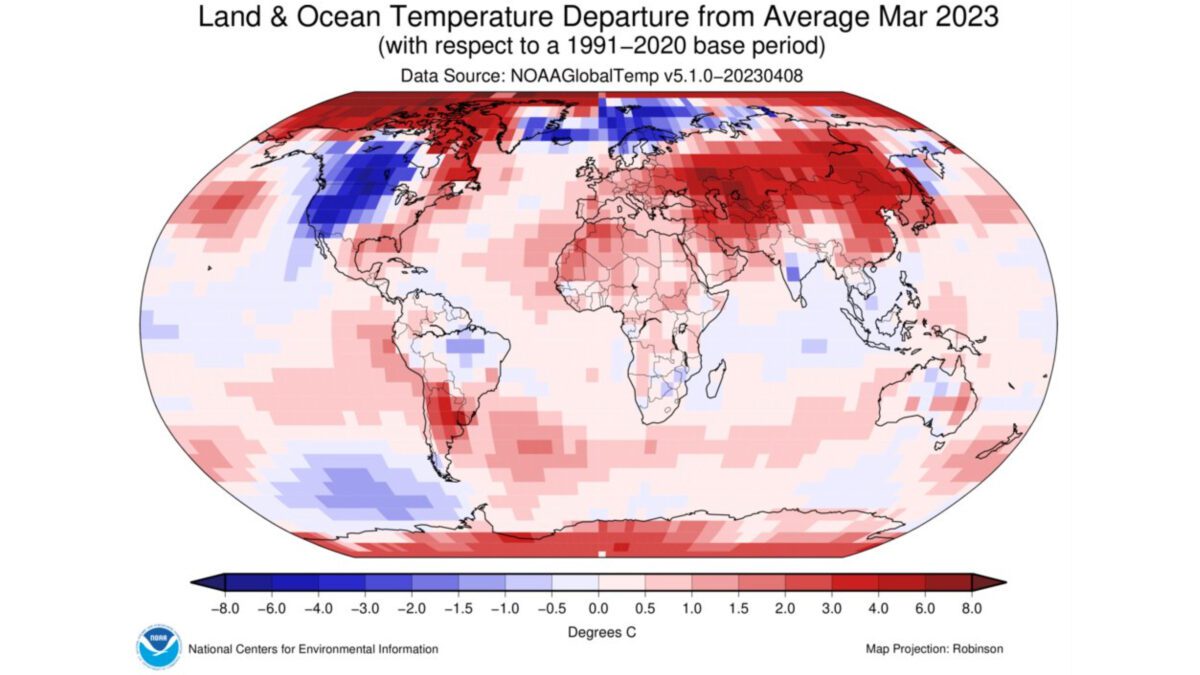
Map showing average temperatures on earth in March as a comparison of the 1991-2020 base period. Photo: Courtesy of NOAA.
UTAH — While Utah was setting records for highest snowpack levels, most of the earth was having an exceptionally warm March.
The average global land and ocean surface temperature was 2.23 degrees above the 20th-century average of 54.9 degrees. Not only is this the 47th consecutive March and 529th consecutive month of temperatures above the 20th-century average, but it was also the second-warmest global temperature for March in the 174-year global climate record. Only March 2016 was warmer.
Looking at the temperature percentiles map created by the National Oceanic Atmospheric Administration, it’s easy to pick out just how fortunate the western half of North America has been in 2023. While the rest of the planet was dealing with warm temperatures, many areas of the west had record winters and high snowpacks that will, in the long run, help in drought recovery.
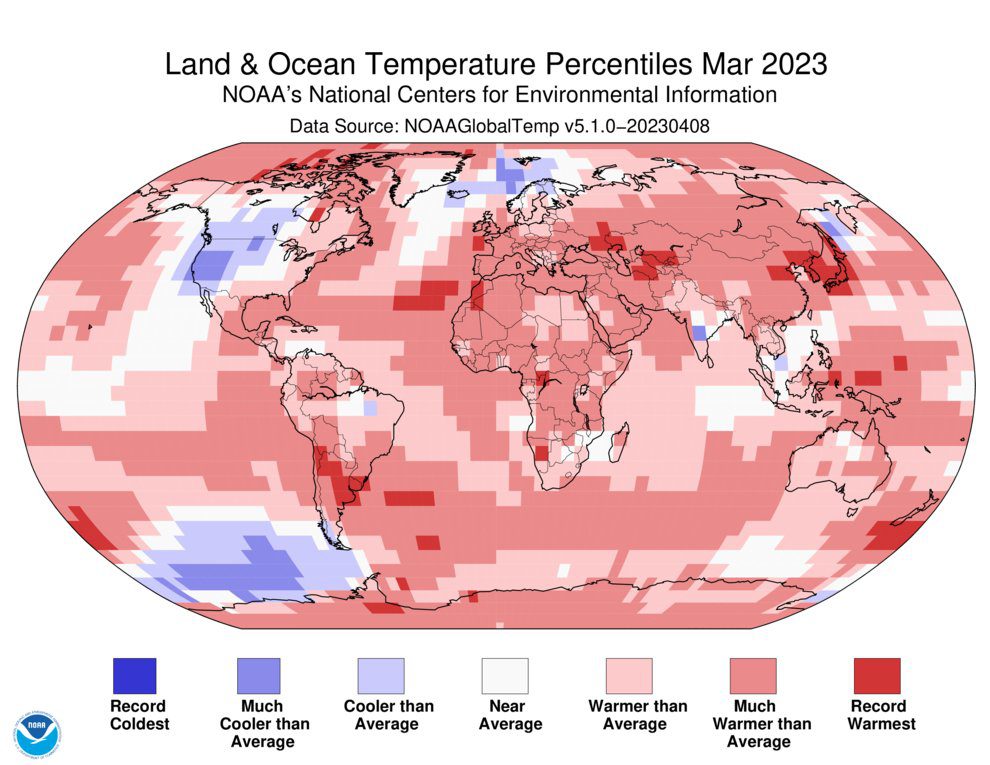
It is easy to point to temperature to look at climate change effects. Still, there are numerous other signs, such as storm system characteristics, with a major one being their intensity. On March 31 alone, 110 tornados touched down in the midwest and southern areas of the U.S. While the later half of winter and early spring marks the start of tornado season, having that many in one day is exceptional.
The tropics saw fewer tropical storms than average but still had a large record storm. Cyclone Freddy set the record for accumulated cyclone energy (ACE) and was exceptionally long-lived. ACE is a metric used to show the amount of energy released over the lifetime of a tropical storm.
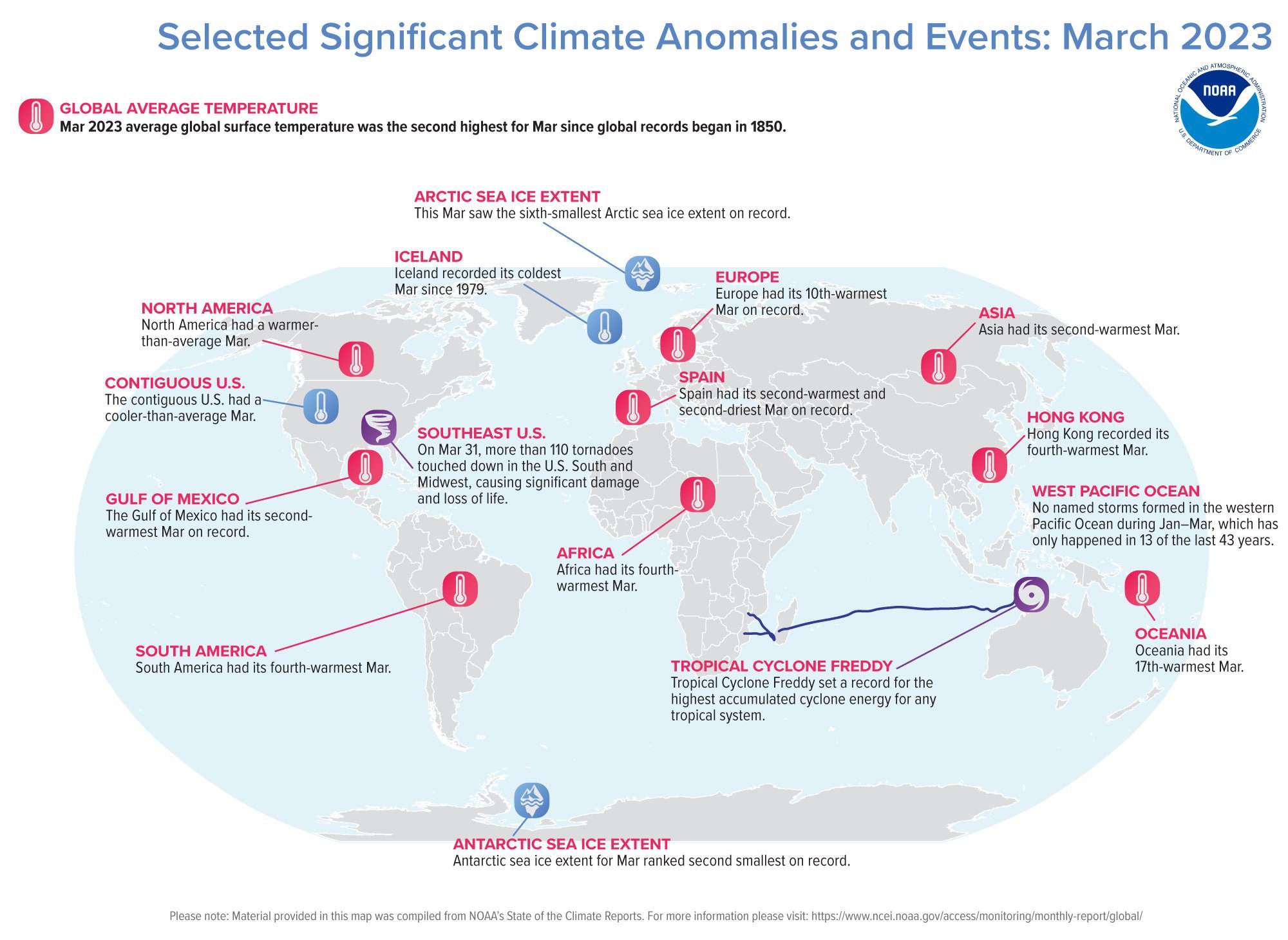
Ecosystems built on sea ice continue to have problems, as March saw the second-smallest coverage or extent of ice on record since recording started in 1979. Arctic sea ice was 230,000 miles below the 1991-2020 average and the sixth smallest in the last 45 years. Antarctic sea ice coverage was the second smallest on record at 490,000 square miles below average.
February was the world’s fourth-warmest on record in 174 years

